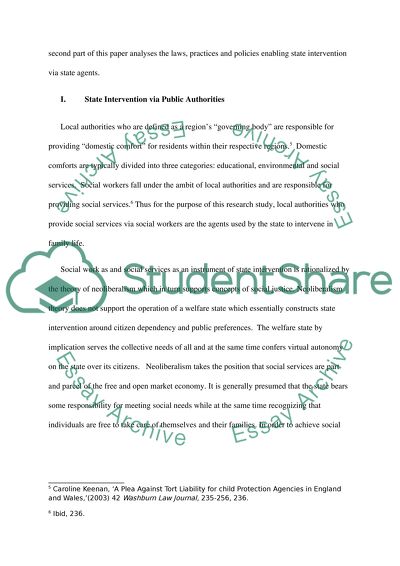Cite this document
(When Should the State Become Involved in Family Life Assignment Example | Topics and Well Written Essays - 3000 words, n.d.)
When Should the State Become Involved in Family Life Assignment Example | Topics and Well Written Essays - 3000 words. https://studentshare.org/social-science/1395774-when-should-the-state-become-involved-in-family
When Should the State Become Involved in Family Life Assignment Example | Topics and Well Written Essays - 3000 words. https://studentshare.org/social-science/1395774-when-should-the-state-become-involved-in-family
(When Should the State Become Involved in Family Life Assignment Example | Topics and Well Written Essays - 3000 Words)
When Should the State Become Involved in Family Life Assignment Example | Topics and Well Written Essays - 3000 Words. https://studentshare.org/social-science/1395774-when-should-the-state-become-involved-in-family.
When Should the State Become Involved in Family Life Assignment Example | Topics and Well Written Essays - 3000 Words. https://studentshare.org/social-science/1395774-when-should-the-state-become-involved-in-family.
“When Should the State Become Involved in Family Life Assignment Example | Topics and Well Written Essays - 3000 Words”. https://studentshare.org/social-science/1395774-when-should-the-state-become-involved-in-family.


